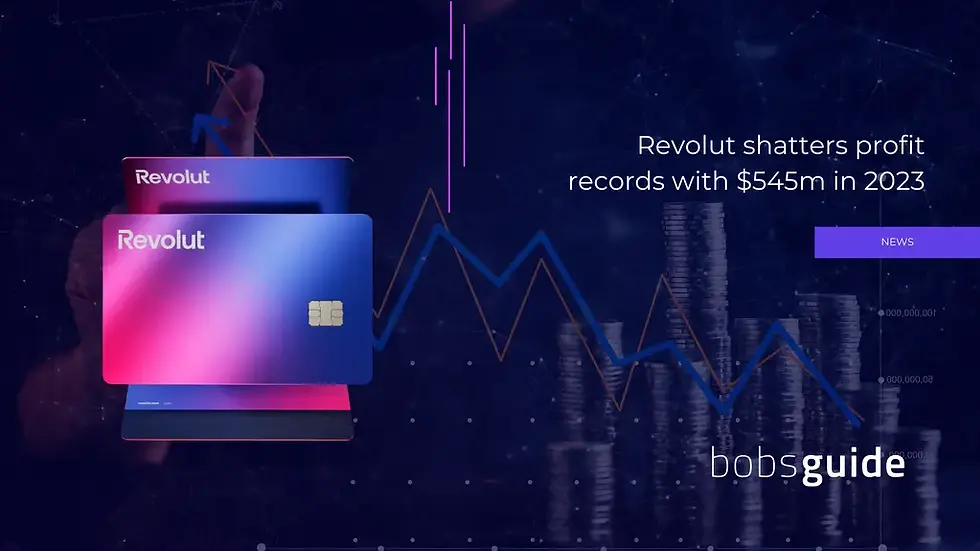Why are Most VC-backed D2C Acquisitions Failing?
- Jasaro In

- Nov 9, 2023
- 2 min read
Source: Ben Cogan.
VC-backed D2C companies can exit in 2 ways: go public, or get acquired.
The public brands have performed poorly. Unfortunately, the acquired businesses have if anything done worse.
Most public D2C brands like Allbirds or Smile Direct Club are down 85%+ from their peak value. The performance of brands that have been acquired is much trickier to gauge as their financials are rolled up into the buyers’. Still, it’s possible to piece it together.
In 2016, Unilever acquired Dollar Shave Club (DSC) for $1 Bn. Reportedly, Unilever was captivated by Dollar Shave Club’s meteoric growth trajectory as well as the potential to leverage its data to optimize its overall portfolio.
Many VCs underwrote their D2C investments based on this sale. However, last week, Unilever announced it is selling Dollar Shave for “an undisclosed amount” i.e. “not much” in corporate terms.
Dollar Shave is the most prominent example amongst the vast majority of $100+Mn VC-backed D2C acquisitions that have gone poorly.
And, many such D2C acquisitions have gone awry ...
Nestle acquired Freshly, the meal delivery service, in 2020 for $950 Mn. Earlier this year, they completely shut down Freshly’s D2C service.
In 2020, Lululemon bought Mirror for $500 Mn. It recently announced it’s fully discontinuing new hardware sales.
Walmart bought Eloquii in 2018 for $100 Mn. It was sold this year for you guessed it right, an “undisclosed amount.”
So, why have D2C acquisitions in general gone so poorly?
A commonly cited explanation is a cultural mismatch between the fast-moving D2C startups and the “staid, old” CPG companies that don’t understand D2C. That's not fully correct.
Growth At All Costs = Blunder
Conversely, DSC and many other acquired VC-backed D2C businesses had poor fundamentals. It has been reported that in 2017 Dollar Shave Club was paying significantly more to acquire customers than their lifetime value/profit. It was losing $10+ Mn per year, and the promised benefits of Dollar Shave‘s vast corpus of data did not materialize.
The ultimate reason most D2C acquisitions didn’t work out is *not* because the acquirers managed them poorly or there was a cultural mismatch. It’s because the brands’ growth was a mirage fueled by VC money (subsidies); they mostly had fundamentally poor unit economics from the beginning.
But there's a silver lining ...
One of the most successful D2C acquisitions has been P&G’s purchase of Native, the deodorant company, in 2017. Native has continued to grow, is profitable, and was brought to retail by P&G.
So, why did the Native go well?
Native was profitable and cash-generating at the time of acquisition. It had to be because it raised almost no venture capital. Profitable, growing companies almost always have product/market fit; you can’t have profit + growth otherwise.
Brands with product/market fit are primed to scale.
Resources:




Comments